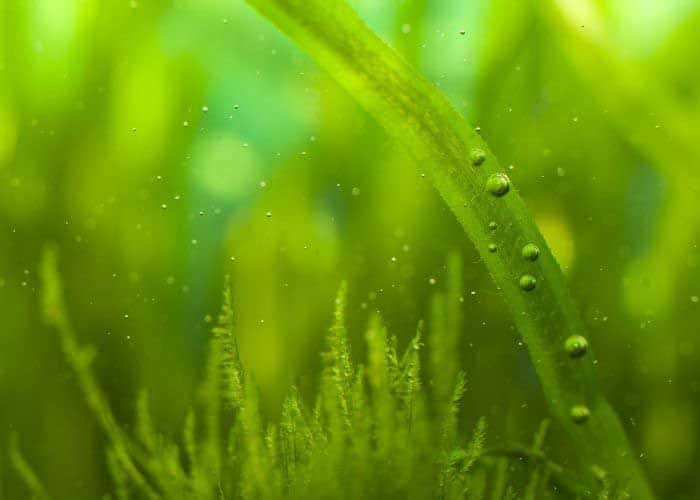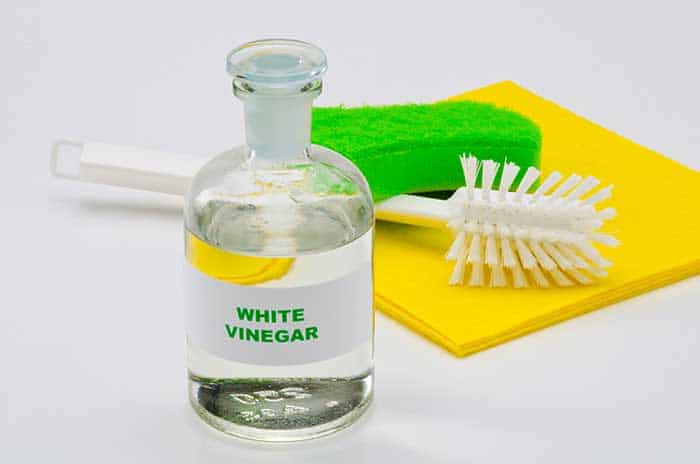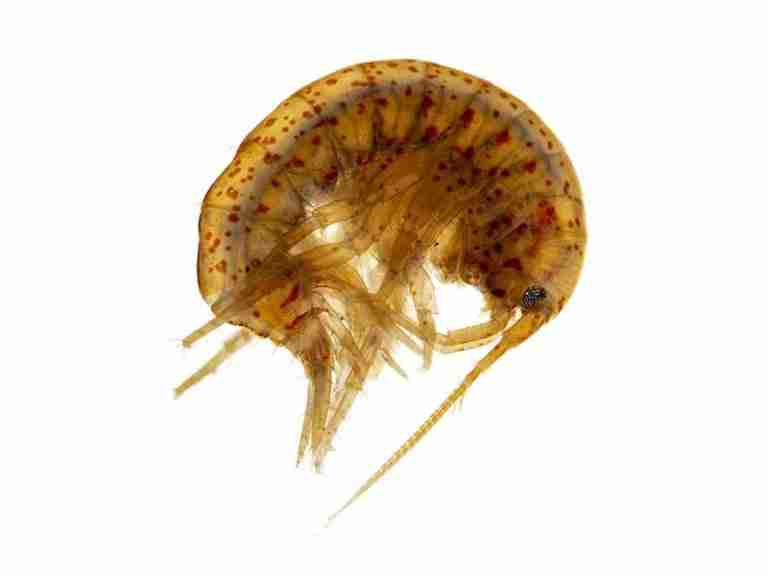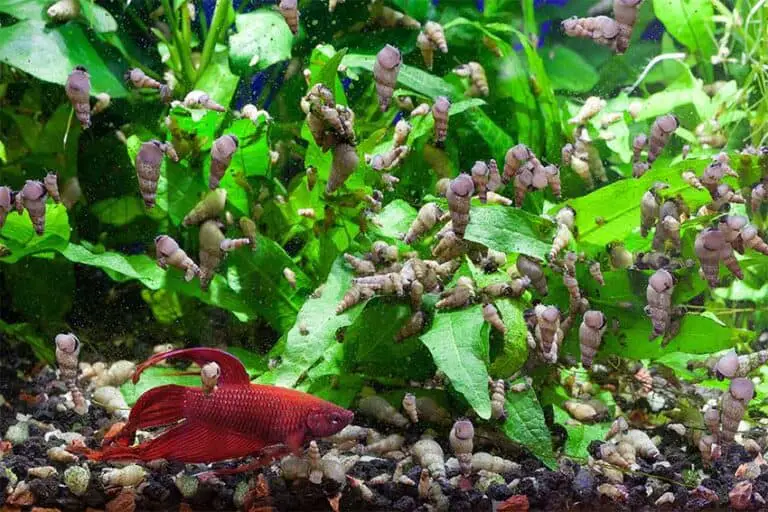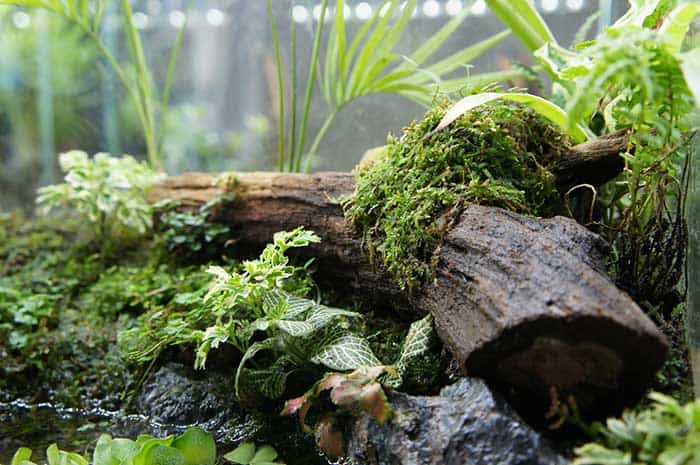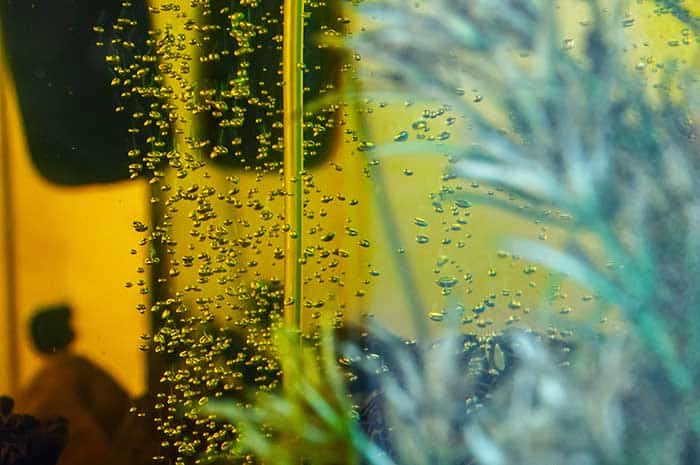6 Ways How To Raise The Alkalinity In A Freshwater Aquarium
One of the key water quality parameters in a fish tank is alkalinity, a measure of the buffering capacity of the water against acid. Alkalinity plays an essential role in maintaining the pH balance in the water, preventing sudden changes that can harm fish.
While there are many ways to increase alkalinity in a fish tank, the most common are:
- Adding baking soda.
- Adding crushed coral.
- Adding Aquarium Salt.
- Using a harder water source.
- Use an alkalinity increaser.
- Evaporation.
This article shows you how to raise the alkalinity in a freshwater aquarium using the 6 methods above, explaining why each method works. I also give a brief overview of alkalinity, covering what it is and why it’s essential to keep your aquarium’s alkalinity level within the correct range.
If alkalinity is confusing for you, I recommend reading an article I wrote: What is alkalinity in aquarium water, which teaches everything you need to know.
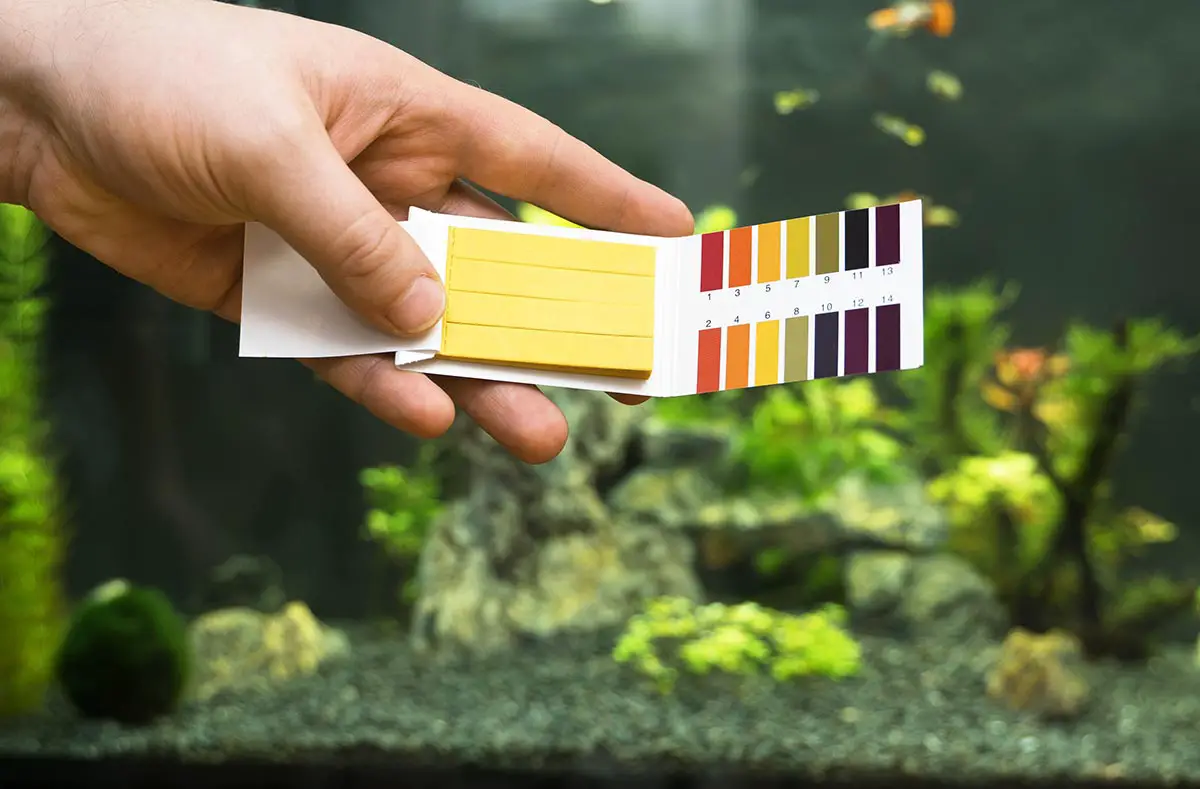
If your freshwater aquarium alkalinity is too high, you should read another article I wrote on how to lower alkalinity in fish tank water.
Why Is Alkalinity Important For A Fish Tank?
Alkalinity is vital in maintaining your aquarium water pH, ensuring it remains stable and within the correct range. Water pH measures how acidic or basic (alkaline) the water is, and it is measured on a scale of 0 to 14, with a pH of which 7 is neutral.
Alkaline and alkalinity can be easily confused. Alkaline refers to the pH, or current acidity of the water, while alkalinity (or Total Alkalinity) refers to the number of minerals in the water that create a buffering (or neutralizing) effect toward acid in the water.
Aquarium water with a high alkalinity level contains many essential minerals, such as calcium carbonate and bicarbonate, which help prevent the pH level from increasing or decreasing too quickly. These dissolved minerals also have a positive impact on the health of your fish.
It is important to know that as the alkalinity rises too high, it can have a negative effect on the health of your fish and your tank.
Although several types of fish, such as Cichlids, Livebearers, and Goldfish, prefer slightly alkaline water, they can usually adjust to softer, more acidic water. A bigger concern is that most fish species react poorly to sudden changes in water chemistry, such as the pH.
Fish exposed to changes in water pH of more than 1.5 per 24 hours run a risk of developing shock and the potential for it to bring on further health issues. Keeping your aquarium’s alkalinity level within an appropriate range will protect against these rapid pH swings.
How to test the alkalinity levels in your fish tank
Testing the alkalinity levels in your fish tank is a must to ensure your fish live their best life! Testing can be done relatively easily, and you just need two items:
- A pH test kit.
- An alkalinity test kit.
As you might assume, a pH test kit will measure the acidity of the tank water, while an alkalinity test kit measures carbonate hardness (KH) in the water.
Although it is not essential to have a pH test kit, it is good practice to regularly test the pH of your aquarium water to determine its stability. A pH level that swings wildly indicates that your alkalinity level is too low.
pH test kits are usually just test strips that you dip into the aquarium water and wait until it changes color. You compare the test strip to a color chart on the package to determine the current pH level. Most fish are happy in water with a pH between 6.5 and 8, but you should always check for your particular fish species.
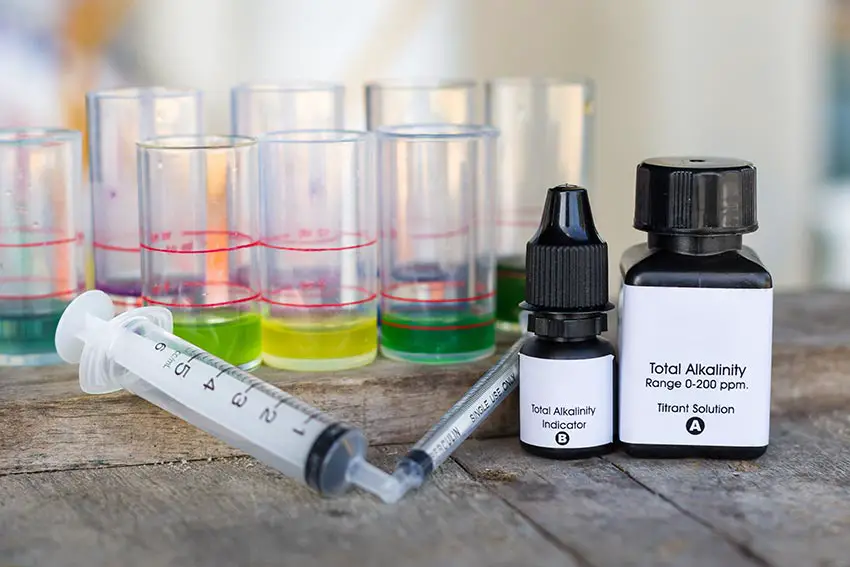
Alkalinity test kits are often test tubes that contain chemicals. When mixed with aquarium water, the chemicals react and produce a color change that you compare to an included reference chart to determine the alkalinity level in your tank.
Alkalinity test kits will measure KH (Carbonate Hardness) expressed as dKH or parts per million expressed as ppm, neither of which should be confused with GH (General Hardness).
The ideal alkalinity range for most freshwater aquariums is 4-8 dKH or 70 and 140 ppm. This range helps ensure that the water is not too acidic or too basic, which can harm fish.
How To Raise Alkalinity In A Fish Tank
At the beginning of this article, I listed 5 of the most common ways to raise alkalinity levels in a freshwater aquarium, so let’s dive in and talk about each.
Adding Baking Soda
Using sodium bicarbonate (baking soda) is a quick and easy fix to raise the alkalinity in your fish tank, but the fastest methods are not necessarily the best.
Baking soda has a natural pH of 8 and will act quickly to raise the alkalinity, so you must remove your fish to protect them from sudden changes and prevent symptoms of shock.
The general rule when adding baking soda is 1 teaspoon per 5-10 gallons of water. The baking soda will have an immediate effect, but it will take time to work through the whole tank.
Baking soda is a naturally alkaline substance containing sodium carbonates found in highly alkaline water.
I found the video below on Youtube that demonstrates the ability of baking soda to raise the total alkalinity level of reverse osmosis water where the minerals have been completely removed.
Adding Crushed Coral
Using crushed coral is a great way to increase alkalinity in a fish tank. It contains minerals that are released into the water, such as calcium and carbonates, which raise the general hardness and alkalinity of the water.
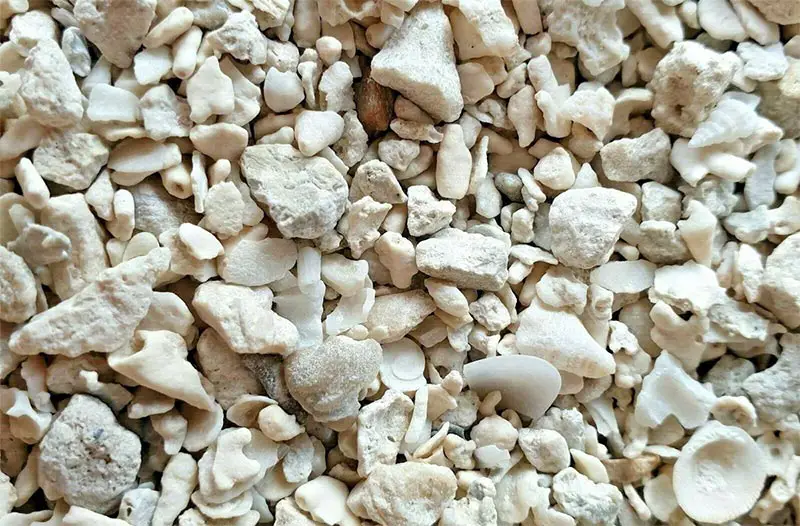
Unlike baking soda, crushed coral is a gentler method of increasing alkalinity, working over time so you won’t need to remove your fish, and the results are usually more long-term.
On average, you need around half a cup of crushed coral per 20 gallons of water to raise alkalinity and pH levels. You can add the crushed coral directly to your substrate or put it in a mesh bag and place it in your filter.
Add Aquarium Salt
Adding aquarium salt to a freshwater fish tank can be beneficial for raising alkalinity. Aquarium salt is a broader term that covers various salts that you can add to the water in your fish tank.
Adding 1 tablespoon of freshwater aquarium salt per 5 gallons of water can provide several benefits, such as reducing stress on your fish and helping maintain their health.
Alternatives to aquarium salt are non-iodized table salt which has no additives, or rock salt, which is pure sodium chloride.
Although aquarium salt can be beneficial for many reasons, It is important not to overuse it in a freshwater tank, as this could negatively affect your fish and plants.
Use A Harder Water Source
If your aquarium has low alkalinity levels, you probably use a soft water source when performing water changes.
Soft water sources such as distilled water, spring water, and some well water can be low in minerals and, therefore, alkalinity.
Many people feel that simple tap water is too harsh for a fish tank, especially those living in hard water areas, so they spend a fortune giving their fish the purest and best water they can find.
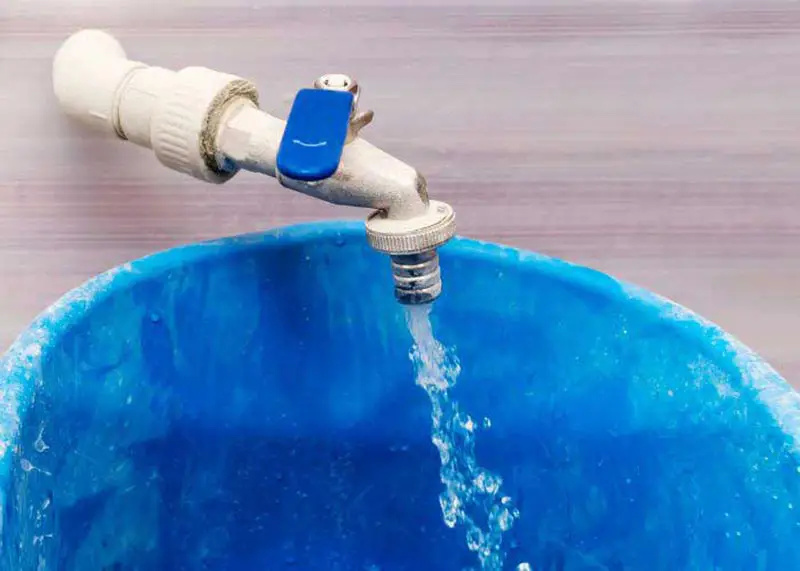
Tap water is an excellent source of minerals, especially in areas of hard water, and you can make it safe for your fish tank quite easily by adding a water conditioner.
If you live in an area with very hard water, which may increase alkalinity levels too much, you can dilute the tap water with some distilled water.
Use An Alkalinity Increaser
If you prefer to take an easy route to increase the alkalinity in your tank, you can purchase an alkalinity increaser or buffering supplement, which focuses on raising the KH of your water and typically contains calcium carbonate, potassium bicarbonate, and sodium bicarbonate.
Alkalinity increasers are effective and always good to keep in the cupboard for a quick result.
Evaporation
This method is not so common, and it takes time to work, but the basic principle is that water evaporates from your tank and into the air as moisture, but the minerals in the water are left behind. The result is an increase in the overall concentration of minerals which raises the water’s total alkalinity.
I don’t suggest you heat your tank beyond what is comfortable for your fish, but leave the hood open to encourage the water to evaporate outside the tank. Your water level should begin to lower, but only replace it with a harder, mineral-rich water source, or you will only dilute them to previous levels.
Conclusion
We’ve covered quite a lot in this article. Still, hopefully, you now have a good understanding of the difference between alkaline water and alkalinity and, more importantly, how to raise the alkalinity in your aquarium.
Maintaining good water chemistry is one of the most important aspects of keeping fish healthy. Leaving just one element to fall out of balance can dramatically affect other water parameters and the overall health of your tank.


